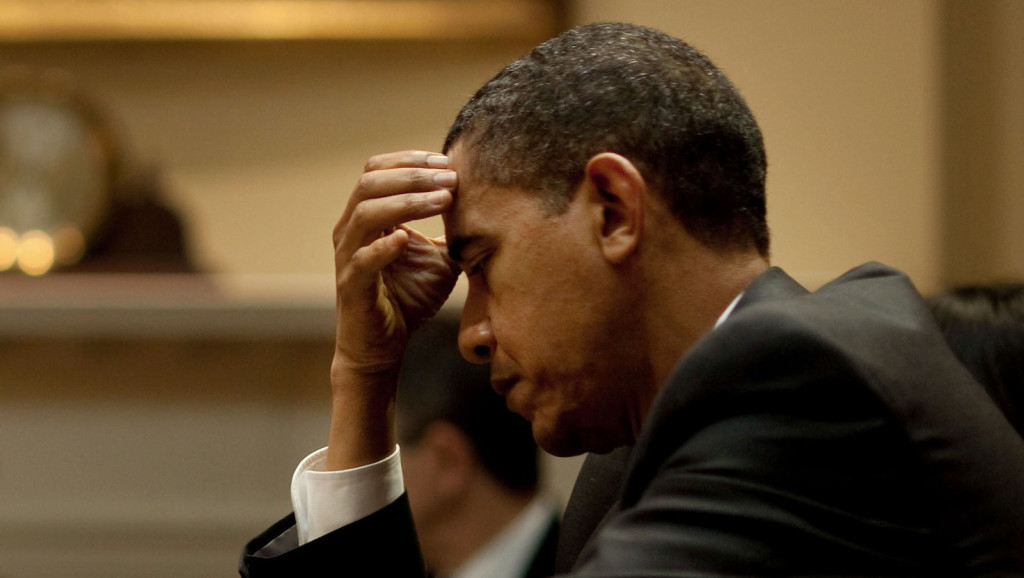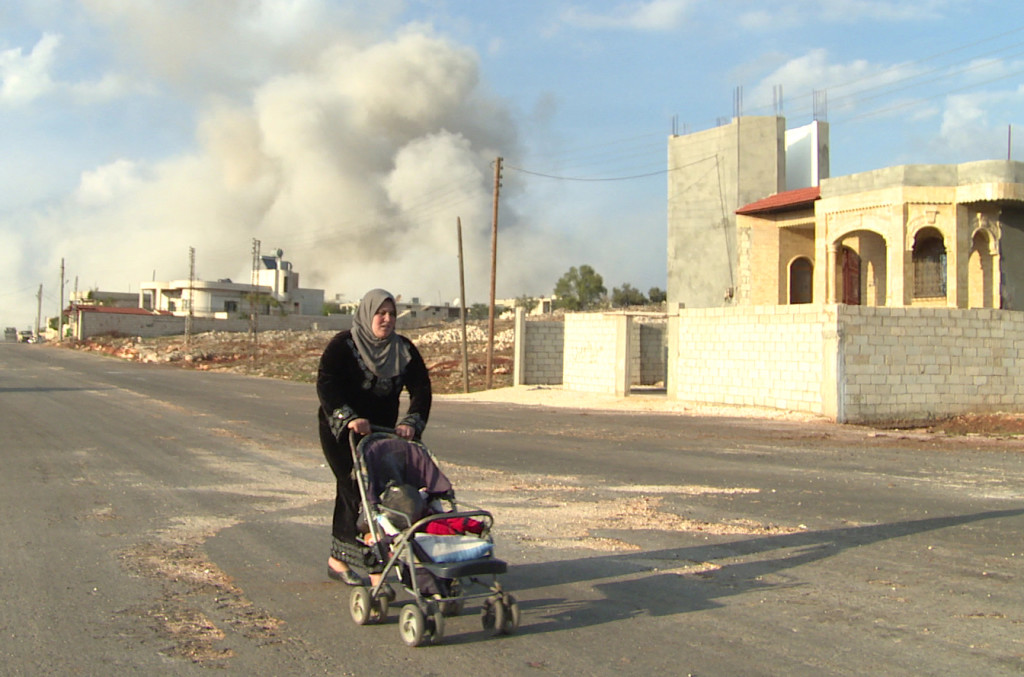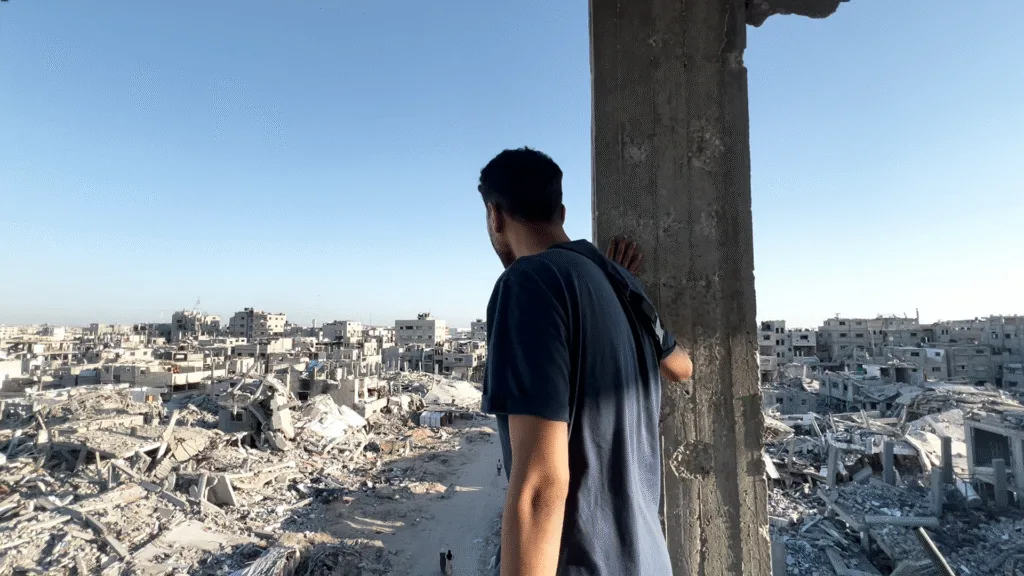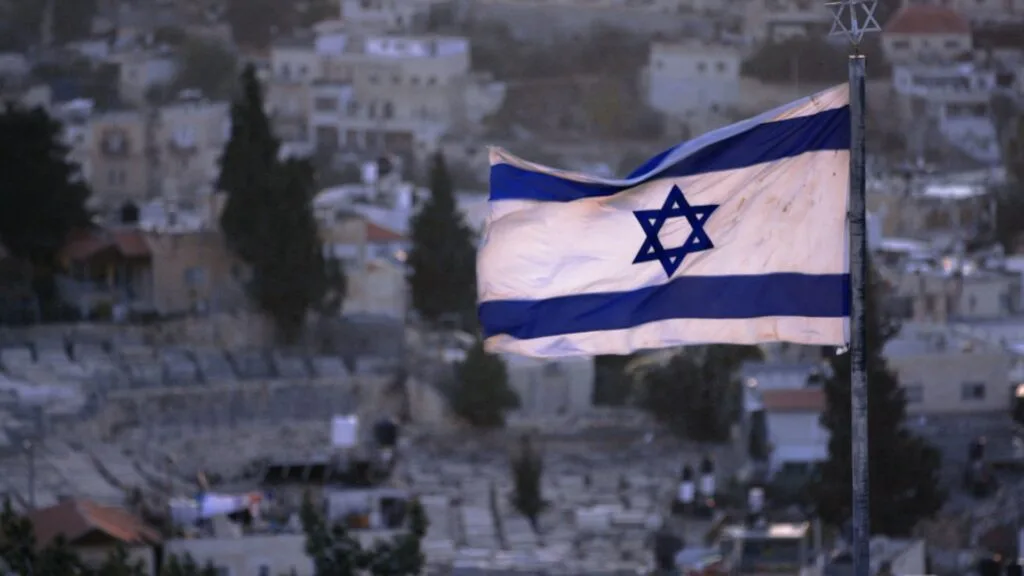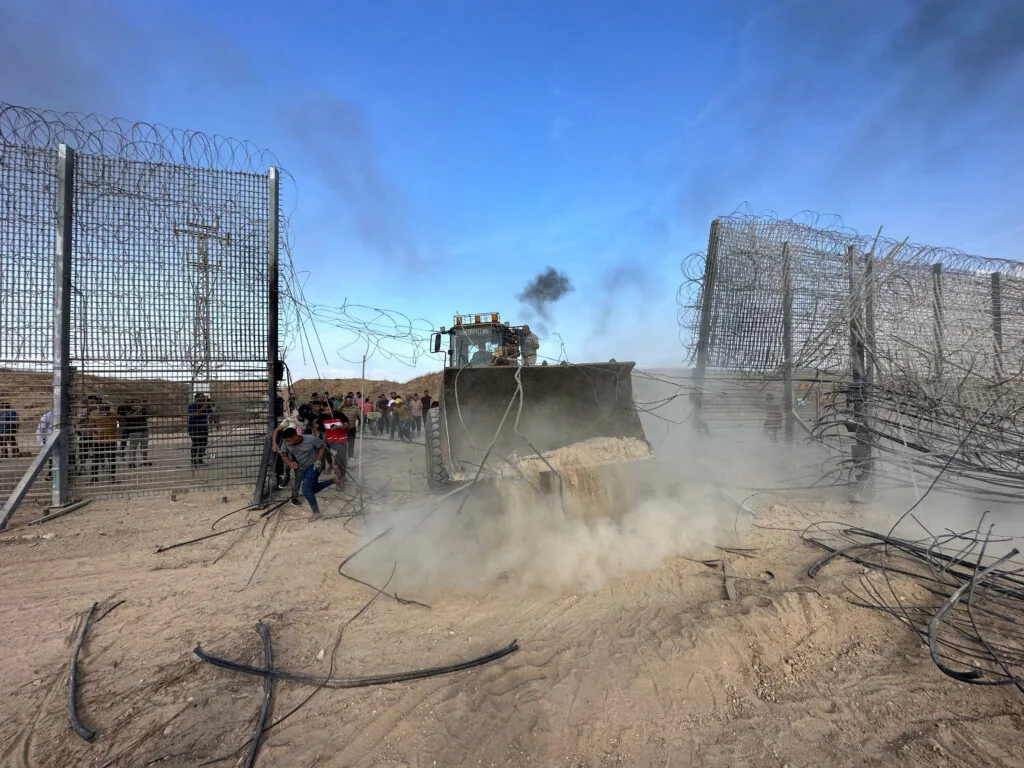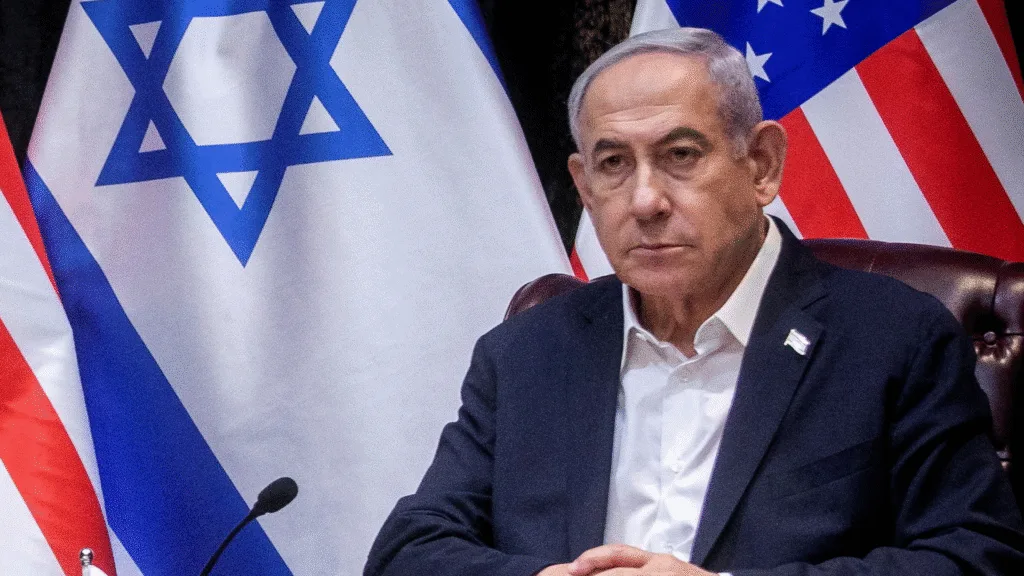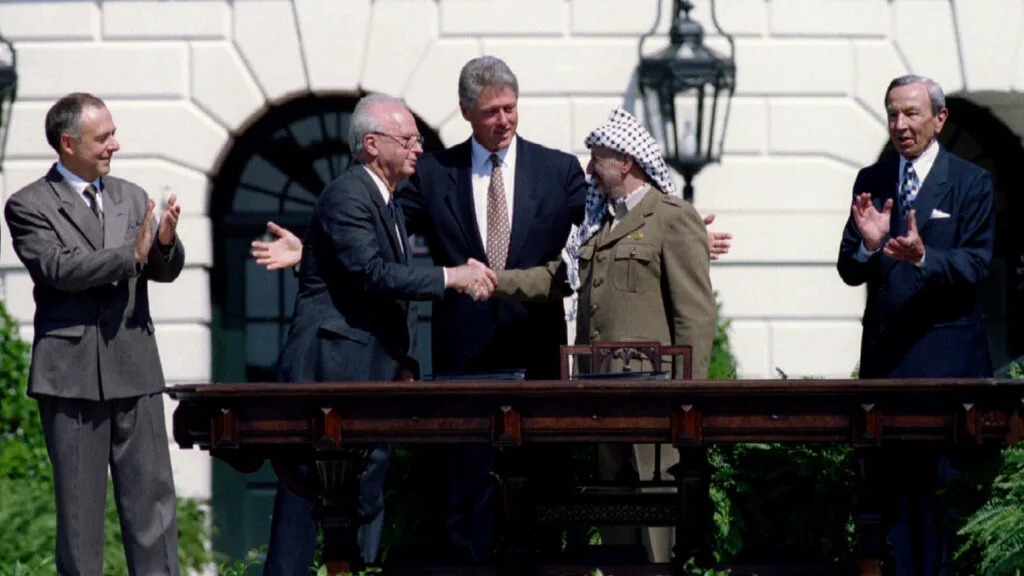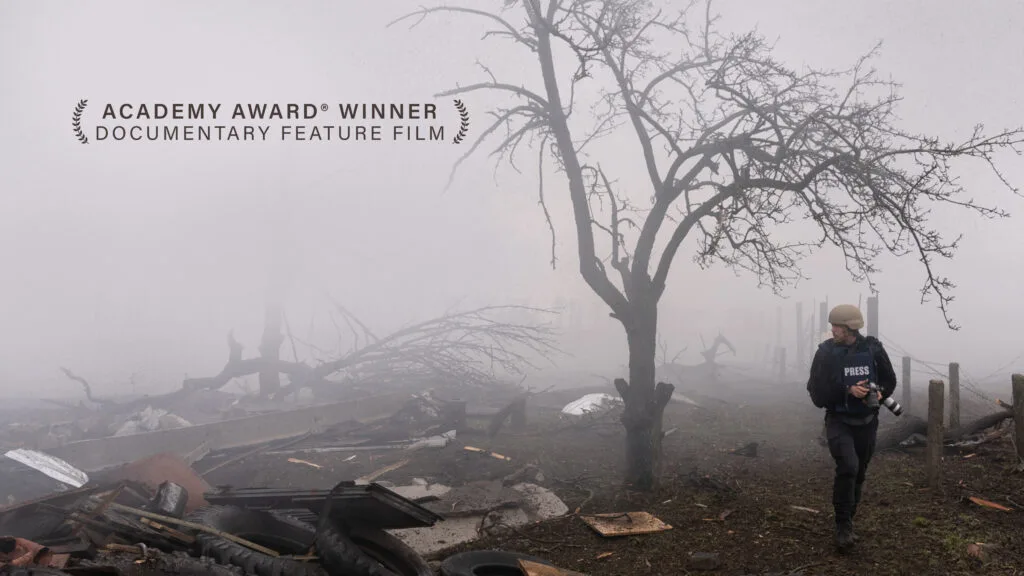The U.S. Plans to Strike Syria. What Then?
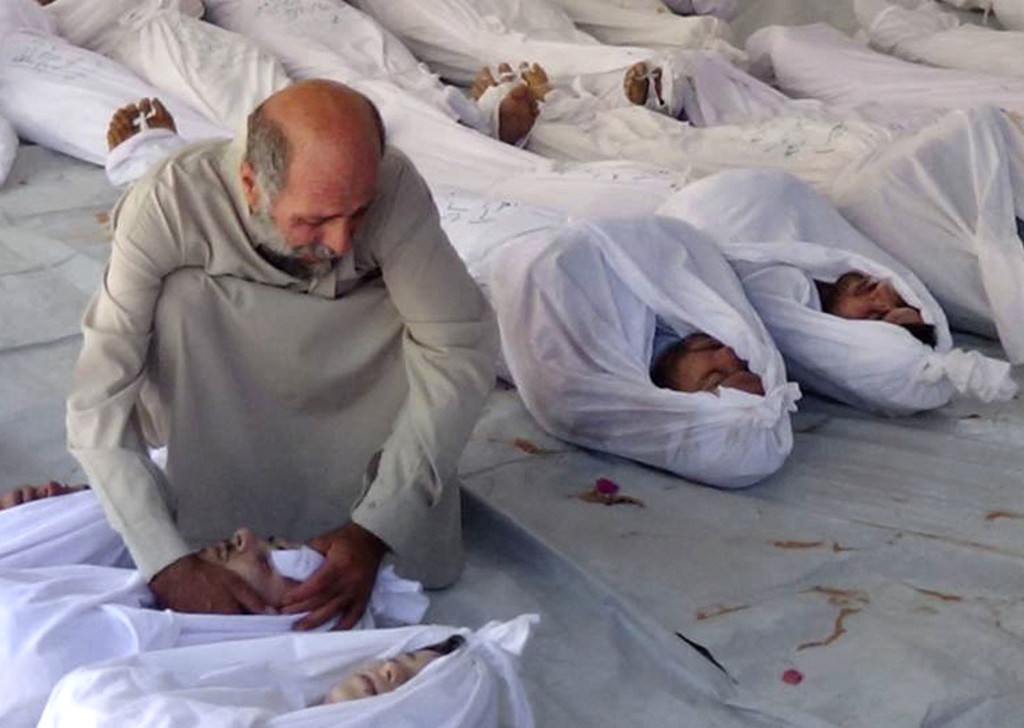
August 28, 2013
Share
Officials are discussing a range of detailed plans for a targeted military strike in Syria ahead of an expected announcement this week from President Barack Obama on a U.S. military response to the recent chemical weapons attack on a rebel-held suburb of Damascus.
The U.S. says Syrian President Bashar al-Assad’s regime is to blame for the attack, which killed at least 355 people — many of them families still in their beds — and wounded at least 3,000 more.
The U.S. determined in June that Assad had used chemical weapons, including sarin gas, “multiple times” last year, killing between 100 to 150 people. But the administration decided not to intervene then because it said Assad had not engaged in widespread use of such weapons.
Now, the U.S. has drawn up a list of military targets designed to punish the regime for what’s considered a violation of international law.
Obama has reportedly ruled out strikes intended to topple the Assad regime, and the administration says it won’t hit chemical weapons deposits, for fear of worsening the humanitarian crisis.
So if the U.S. moves forward with limited air strikes, what happens next?
“It seems pretty clear that we’re not looking at an end to the fighting any time soon as a result of anything the administration is contemplating,” said Joe Stork, the deputy director of Human Rights Watch’s Middle East division.
The conflict in Syria has now claimed at least 100,000 lives, according to the United Nations Secretary General Ban Ki-moon. The U.N. has said its estimate is conservative, since so many deaths have likely gone unreported amid the violence.
Another 1.7 million Syrians have fled, seeking refuge in neighboring countries like Jordan, who fear being drawn into the conflict. Air strikes would only increase the flow of displaced Syrians, Stork said.
“It’s difficult for me to imagine how the military strikes that are being considered will improve the situation,” he said. “It’s likely to make it worse. The question is how much worse.”
A scathing report (pdf) in June from the International Crisis Group on the international response to the Syrian conflict so far said that targeted air strikes would be “half-way measures” that at best might erode the regime’s military capacity or shake up the balance of power among the rebels.
After a strategic military victory in early June, the regime has been gaining momentum in recent months, said Randa Slim, a political analyst at the Middle East Institute. Airstrikes could check that.
But, the ICG report found, limited airstrikes “would not produce what its promoters typically claim as justification: moving the regime to seriously negotiate a genuine transition.” It suggested that the U.S. and its allies would be miscalculating in thinking they could now persuade Assad — either militarily or otherwise — to agree to some kind of political resolution.
“Ultimately it would mean getting further sucked into a dangerously intensifying and malignant Sunni-Shiite sectarian regional conflict in which the West would be running a risk by picking favorites,” the report said.
Earlier this year, FRONTLINE embedded with both rebel forces and military troops for Syria Behind the Lines, and found an increasingly divided, embittered nation — and a rift that will take more than air strikes to heal. Watch it below.

Related Documentaries
Latest Documentaries
Related Stories
Related Stories
Policies
Teacher Center
Funding for FRONTLINE is provided through the support of PBS viewers and by the Corporation for Public Broadcasting. Additional funding is provided by the Abrams Foundation; Park Foundation; the John D. and Catherine T. MacArthur Foundation; and the FRONTLINE Journalism Fund with major support from Jon and Jo Ann Hagler on behalf of the Jon L. Hagler Foundation, and additional support from Koo and Patricia Yuen. FRONTLINE is a registered trademark of WGBH Educational Foundation. Web Site Copyright ©1995-2025 WGBH Educational Foundation. PBS is a 501(c)(3) not-for-profit organization.
